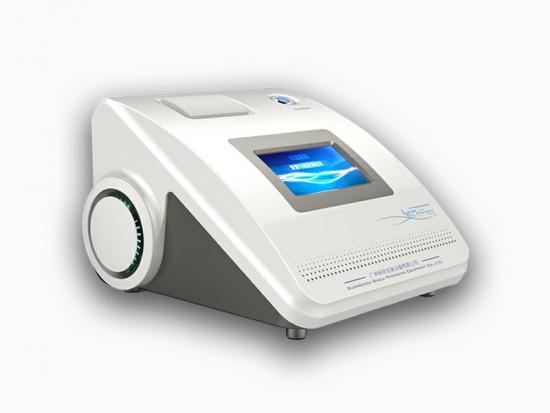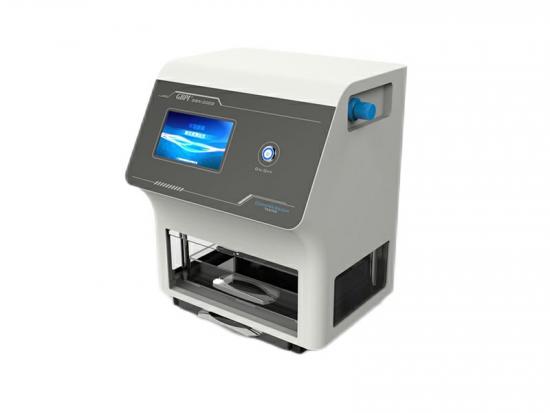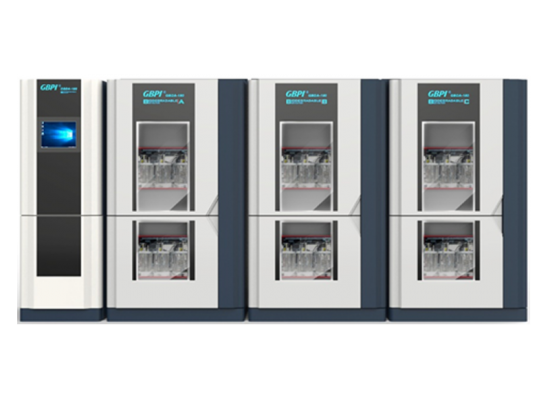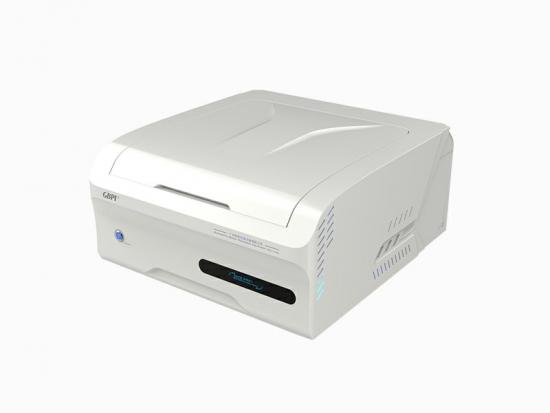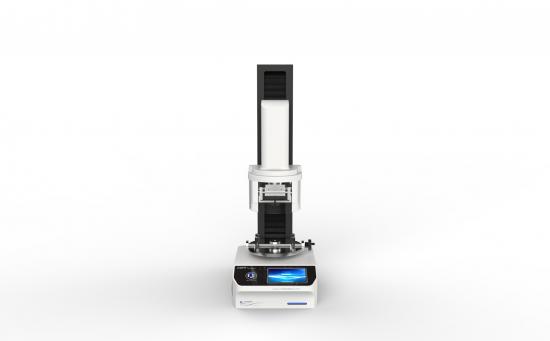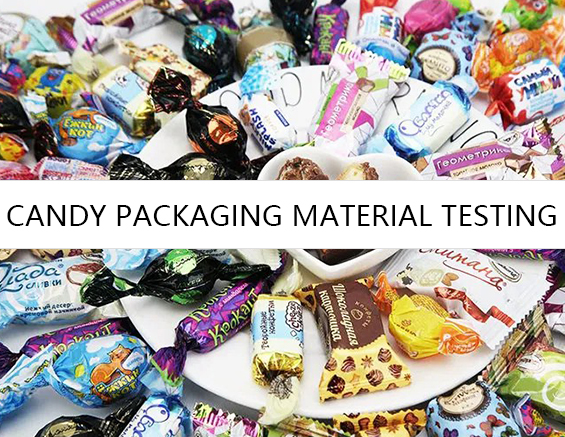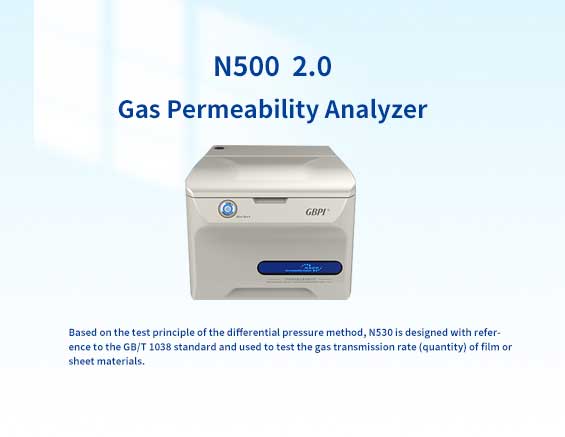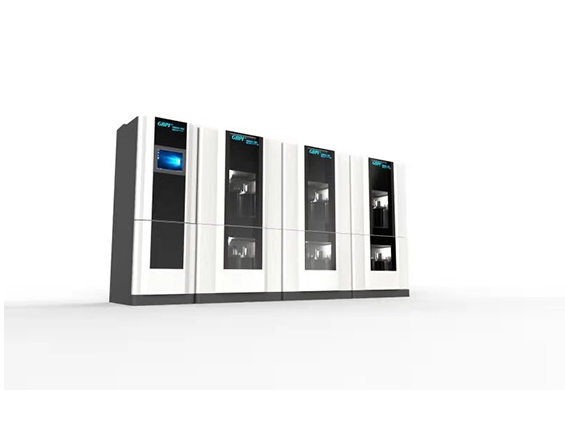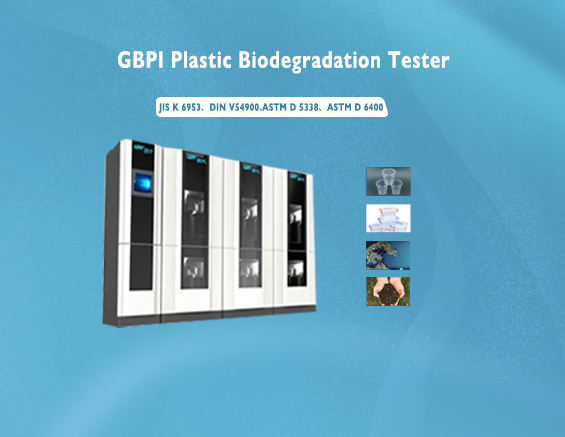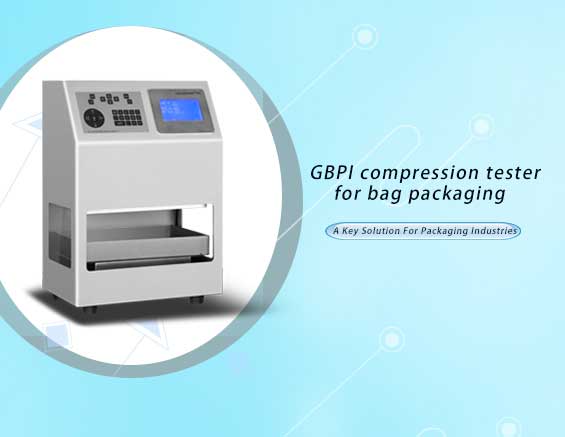Candy packaging mainly has three roles, one is to protect the product should be glossy, fragrance, form and can extend shelf life; second is to prevent microbial and dust pollution, improve product health and safety; third is a beautiful product packaging can improve the consumer's desire to buy and commodity value. Candy packaging forms are mainly twist type packaging, pillow type packaging, folding type packaging. Knotted packaging is the oldest form of packaging, this form of packaging is mostly used for candy; by the pillow packaging machine is more popular, most candy manufacturers are currently using pillow packaging, and folding packaging, mostly used for chocolate products. The protective function of the packaging is directly related to the quality of candy. Due to the large differences in the composition of the candy itself, so for different types of candy, packers have different requirements for the selection of packaging materials. Low water content of the candy is easy to absorb moisture and make for the product closed, sand; high water content of the candy is easy to shrink, mold, and the starch, cream and other components in contact with oxygen is easy to oxidation and deterioration. Therefore, the candy packaging gas barrier, moisture and other functions should be given special attention. 1, For the packaging barrier testing Since the intervention of oxygen and water vapor will cause the deterioration of candy, it is important to control the oxygen content and water vapor content in the air environment around the candy, which requires controlling the barrier property of the candy packaging materials and the package as a whole.GBPI barrier property testing instrument can accurately test the barrier property of the package, which has the advantages of high precision and full automatic testing. 2, For the testing of packaging sealing The testing object of the sealing performance is the leakage point of the packaging parts. GBM-D1 intelligent sealing performance tester with different fixtures can test the packaging burst, leakage, creep, bubble and other ways. 3, For the testing of packaging pressure resistance, breakage resistance performance The test index can be used to measure the pressure resistance performance of candy packaging, used to assess the pressure resistance performance of candy packaging in the process of storage, transportation and sales display. GBN200G box compression tester is suitable for testing the pressure resistance performance and bursting resistance of various packaging bags. 4, For the testing of packaging tearing force and its mechanical properties of packaging materials GBH-2 Tensile tester can be used to test the mechanical properties of packaging materials, which can be used for tensile, puncture, peel, shear, bending and other performance tests. 5, For the detection of packaging printing Gorgeous appearance of printing h...
View More

 info@gbtest.cn
info@gbtest.cn



 en
en ru
ru es
es ar
ar

